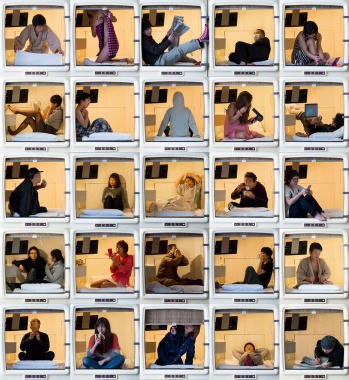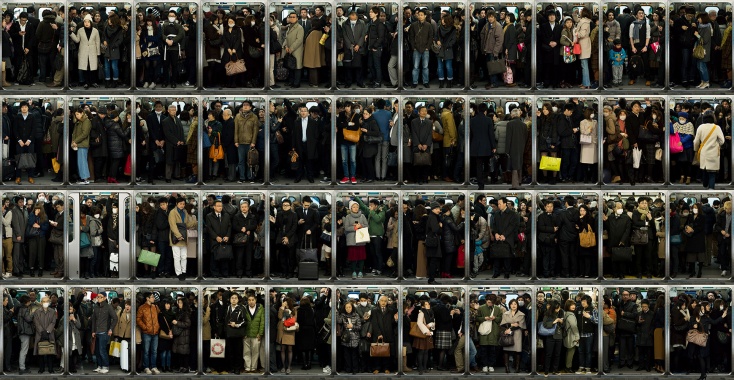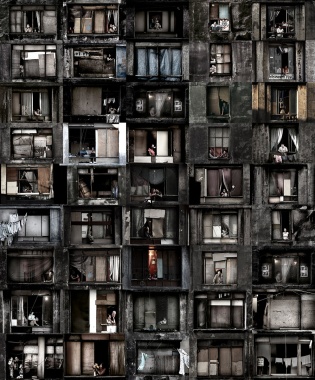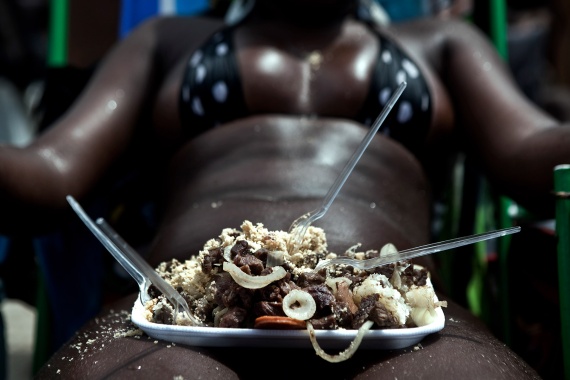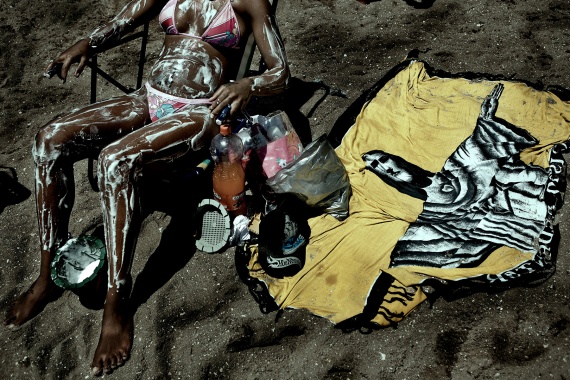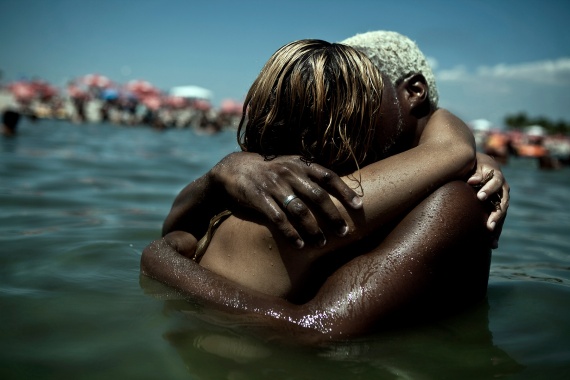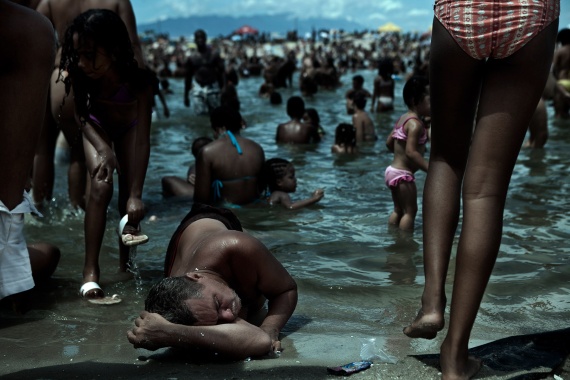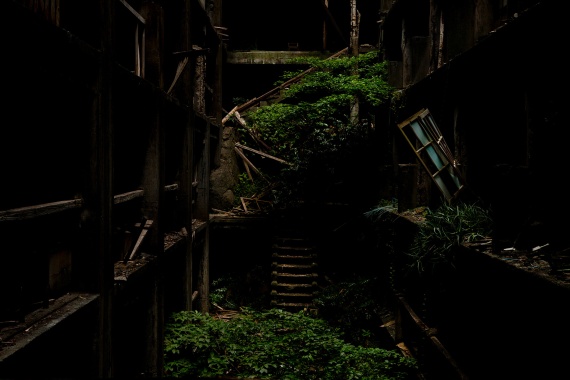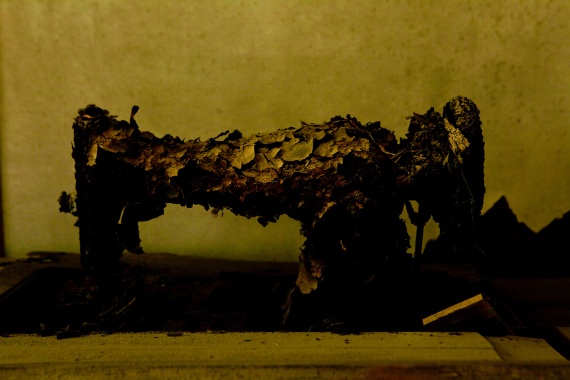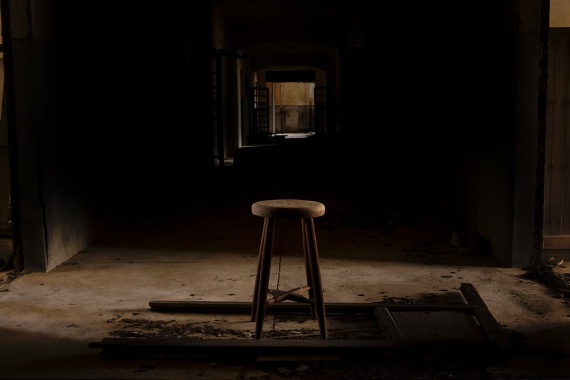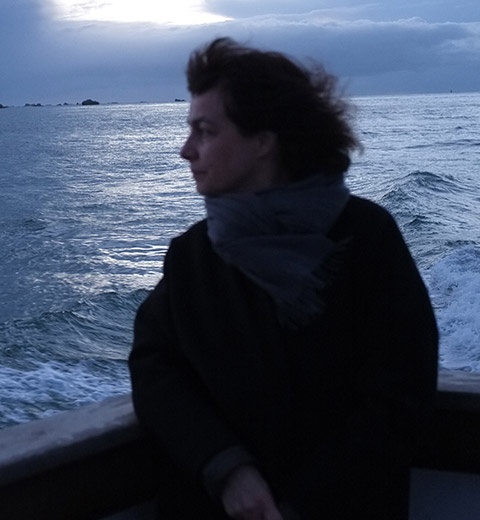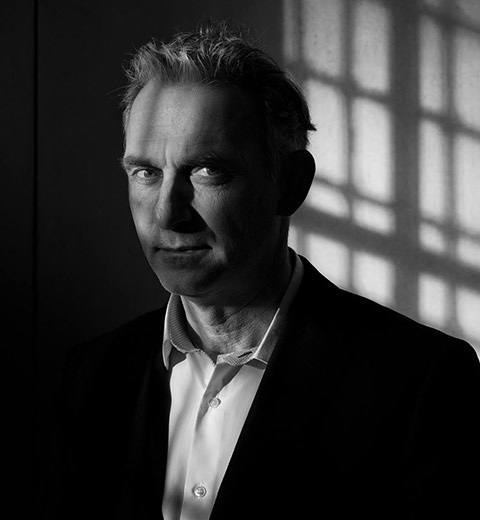What does Julio Bittencourt actually do?
The São Paulo-based, Brazilian photographer was the recipient of the 2007 Leica Oskar Barnack Award for his series In a window of Prestes Maia 911 building. Just 26 years old at the time, this honour represented an important step in Bittencourt’s career, pushing him to establish himself as an independent photographer. He found numerous socio-political and multi-cultural themes in his home-town, which he developed into pictures series that had little to do with classic photo reportage; rather, his great sense for colour and form, as well as conceptual severity, transformed them into impressive stories. The award-winning series, for example, revolved around a decaying high-rise complex in the middle of down-town São Paulo, that had been occupied by around 2000 people and turned into their living space. After ten years we wanted to find out what Julio Bittencourt is doing today, and what significance the LOBA 2007 has had for him. While right in the middle of working on his current project, Plethora, focussing on over-population and life in the big cities, the photographer still found time for an interview.
Ten years ago you were honoured with the Leica Oskar Barnack Award. How did things go after 2007? What has changed?
Julio Bittencourt: A lot has definitely happened since I won the LOBA. Though one of the most important photo awards in the world, the exposure one gets through Leica and so many other publications, art galleries, festivals and so on, is not something I believe you can foresee. At least I didn’t. Several doors have opened in different areas and it was probably the biggest impulse I ever got from any such a thing as an award. The feeling I had from all that exposure back then is the same one I have now – namely, knowing that I’m on the right path. All my projects have been photographed over a number of years, and I’ve never shot anything to win an award or because I wanted to get into a certain circle; and I believe that such special awards will always recognize that. A dear photographer friend who is much older than me, once told me that in his experience it takes around ten years to find out if someone is really going to become a photographer, maybe another ten to find out where he/she is going, and the remaining years trying to find his/her voice, and hopefully becoming good at it. Although I’m still at the second stage, I have a pretty good idea of where I want to go, and the Leica Oskar Barnack Award did a lot to help me clarify that and move forward.
Which have been your most important projects over the last ten years?
Julio Bittencourt: I see each one of them as part of my process as a photographer, and I’ve never really seen one as more important than another. In my mind, at least temporarily, the most important one is always the one I’m working on; and I believe two of the projects stand out most when it comes to exhibitions, prizes and publications: Ramos and In a window of Prestes Maia 911 building, which were both published in book form.
What are you working on at the moment?
Julio Bittencourt: I’ve been working on a project titled Plethora for the past three years or so. Using multiple photographs to form each image, this project reflects on global overpopulation by showing how living in large, mostly urban, settings, affects the lives of people in seven different countries where this issue is particularly acute.
You are currently nominated for the Aesthetica Art Prize. Did you submit works from your Plethora series?
Julio Bittencourt: Yes. I just received this great news recently. Both images submitted were from Plethora.
Are you presently working with a Leica? Which Leica cameras/systems have you worked with in the past, and which do you prefer?
Julio Bittencourt: I am. Plethora is being shot 100% with Leica cameras and I couldn’t be happier with the quality of the photos and the results. So far I’ve used the Leica S (Typ 006) and M (Typ 262), while the last part will be shot with the Leica SL. Although you can make exceptions for every one of them, I think that each camera works best for different types and styles of photography and environments. The S System produces amazing files and is obviously larger, more robust and does wonders under more controlled conditions. The M has that street photography DNA imprinted all over it, and has what I believe is the perfect size for a camera: it is light, fast and discreet without losing any quality. I haven’t used the SL yet and I am quiet excited about getting my hands on it. Last but not least, I can’t fail to mention that the lenses are always masterpieces.
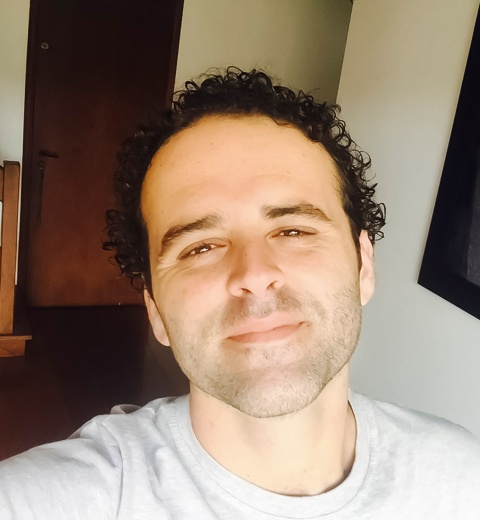
Julio Bittencourt
Julio Bittencourt was born in 1980 in Brazil and grew up between São Paulo and New York. His projects have been exhibited in galleries and museums worldwide and his work published in many international magazines.
